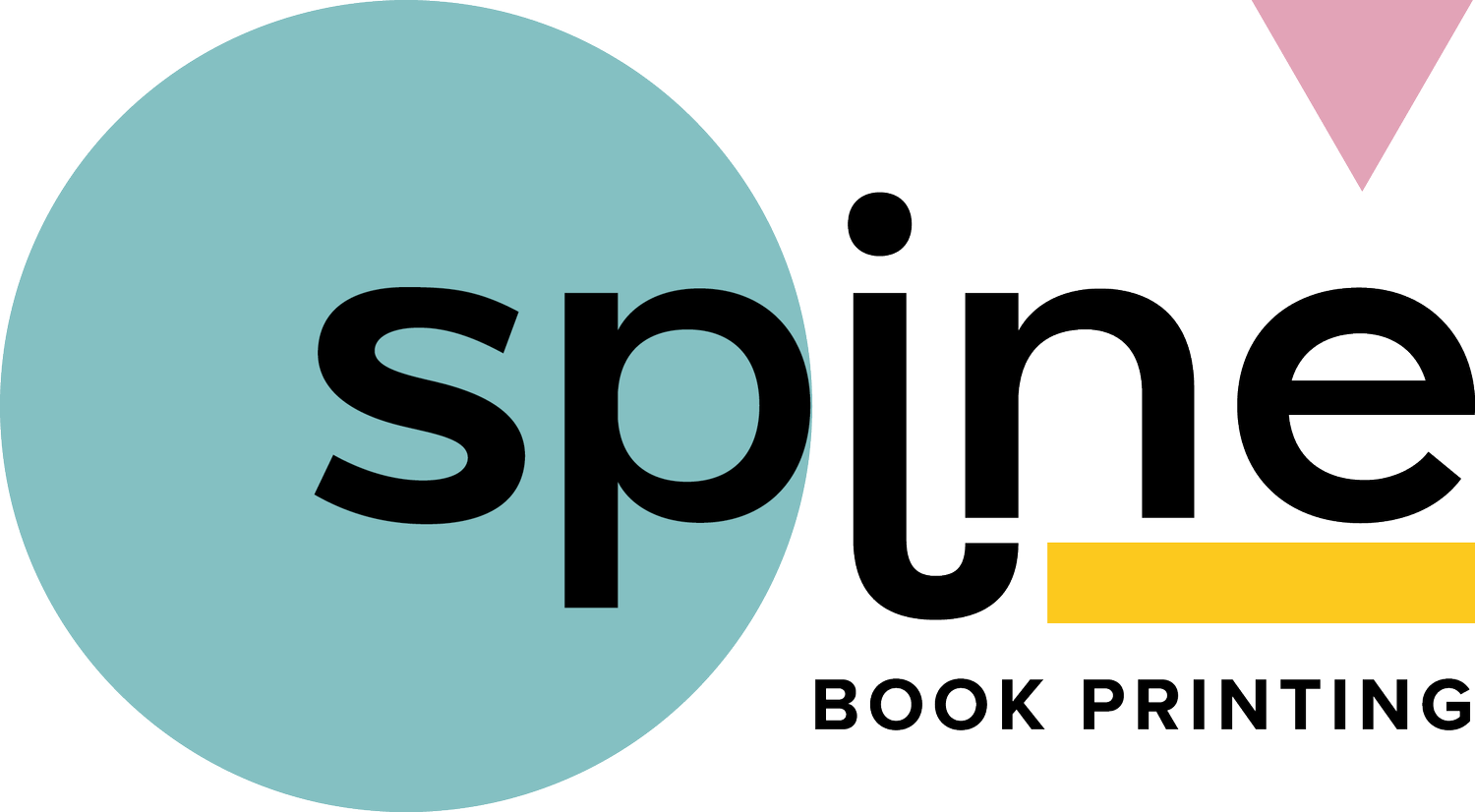The Self-Publishing Revolution: Why More Authors Are Going Independent
Self-publishing has become increasingly popular among authors. Many writers prefer the freedom and benefits it offers compared to traditional publishing. This shift has led to a significant rise in independently published books, making it an exciting time for authors.
One of the main reasons authors choose self-publishing is the control it grants them over their work. With self-publishing, writers can make all the creative decisions, from the book's cover design to the content. This ensures their vision is maintained, and their unique voice is heard.
Another attraction to self-publishing is the potential for higher earnings. Traditional publishers often pay lower royalties, whereas self-published authors can retain more of their profits. Additionally, self-publishing allows for a faster time to market, enabling authors to share their stories with readers more quickly. As more tools and resources become available, the self-publishing path continues to grow, offering more opportunities than ever before.
Advantages of Self-Publishing
Self-publishing offers several clear benefits for authors. One major advantage is the control over the creative process. Authors get to make all the decisions about their books. They choose the cover design, set the price, and decide on the book's content. This creative freedom ensures the final product is exactly how the author envisioned it.
Another significant benefit is higher royalties. Traditional publishing deals often offer lower royalty rates, meaning the author earns less per book sold. In self-publishing, authors keep more of the profit since there are fewer middlemen. Platforms like print-on-demand services allow for more control over pricing, further enhancing earning potential.
Self-publishing also allows for a faster time to market. With traditional publishing, the process from manuscript to book can take many months or even years. Self-publishing speeds up this timeline considerably. Once the manuscript is ready, authors can publish their book in a matter of days or weeks, getting their work into readers' hands much more quickly.
Challenges of Traditional Publishing
Traditional publishing comes with its own set of challenges. One of the biggest obstacles is the lengthy submission process. Authors must submit their manuscripts to agents or publishers and wait for feedback. This phase can be time-consuming, often taking months or even longer.
Limited creative freedom is another downside. When working with a traditional publisher, authors might have to make changes they do not agree with. Publishers often control aspects like cover design, pricing, and marketing strategies. This can result in a final product that differs from the author's original vision.
Lower earnings for authors is another challenge. In traditional publishing, a significant portion of the book's sales goes to various intermediaries, including agents and publishers. This often leaves the author with a smaller percentage of the profits. While traditional contracts can offer advances, the long-term earnings are often less favourable compared to self-publishing.
Tools and Resources for Self-Publishing
Self-publishing has become more accessible thanks to various tools and resources. Online publishing platforms are one of the primary resources for self-published authors. Websites like Amazon Kindle Direct Publishing and others offer easy-to-use services where authors can upload their manuscripts and make them available for purchase. These platforms usually provide helpful features, like formatting guides and market analytics.
Print-on-demand services are another valuable resource. These services allow authors to print books only when orders are placed, eliminating the need for large print runs and storage. This reduces upfront costs and minimises financial risk. Authors can choose paper quality, binding styles, and cover finishes, ensuring a professional-looking final product without significant investment.
Book marketing strategies are also critical for self-publishing success. Young authors can use social media to promote their work, engage with readers, and create a buzz around their books. Joining writing communities and attending book fairs can also promote their books. Using strategies like blogging and email newsletters to keep readers updated on new releases and events can help build a loyal following.
Success Stories and Trends in Self-Publishing
The self-publishing revolution has led to a growing number of self-published titles. Many authors have found success by taking the independent route. The rise of self-publishing platforms and the availability of marketing tools have made it possible for writers to reach readers directly. This trend has encouraged more authors to explore self-publishing.
Recognition and awards for indie authors have also increased. Many literary awards now have categories for self-published books, giving independent authors the recognition they deserve. Readers and critics are beginning to appreciate the quality and variety found in indie publications. This recognition adds credibility and boosts the confidence of self-published authors.
Self-publishing is shaping the future of books by allowing diverse voices to be heard. With fewer barriers, authors from different backgrounds can share their stories. This trend leads to a richer and more varied literary landscape. As self-publishing continues to evolve, it is expected to play an even more substantial role in the book industry, offering limitless opportunities for aspiring writers.
Conclusion
The self-publishing revolution has empowered countless authors to take control of their writing journeys. By choosing self-publishing, writers enjoy greater creative freedom, higher royalties, and quicker access to the market. Despite the challenges of traditional publishing, the rise of accessible tools and resources has made independent publishing a viable and attractive option for many.
The growing success stories and trends in self-publishing highlight its impact and potential in the literary world. With more platforms recognising and rewarding indie authors, the future of self-publishing looks bright. This shift is creating a more inclusive and diverse landscape, ushering in a new era of storytelling.
Discover superior print quality with Spine Book Printing. From self publishing of books to educational resources, we bring your projects to life. Let us help you share your unique stories with the world.

